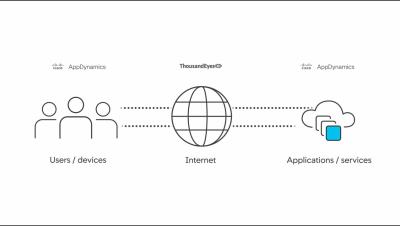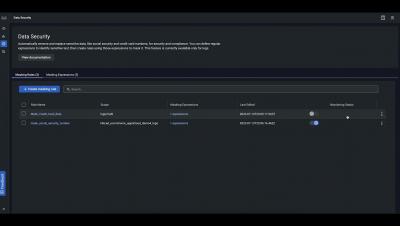Use embedded AI to find performance problems
The root cause of a performance transaction can be complex to troubleshoot, but it does not have to be. By using AppDynamics’s built-in machine learning capabilities, we can quickly identify Health Rule violations triggered by transaction response times deviating from their baseline and then combine those with diagnostic capabilities that get us to the specific cause. We are able to drill down into the relevant snapshots to see which method and specific line of code is to blame.











